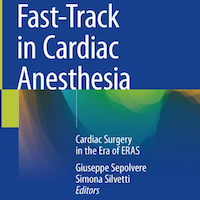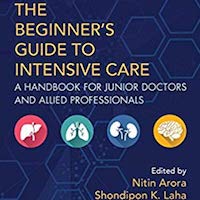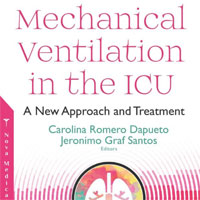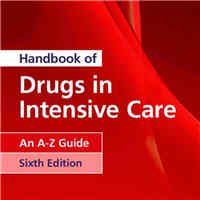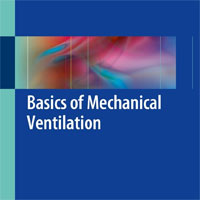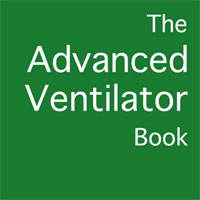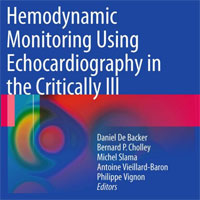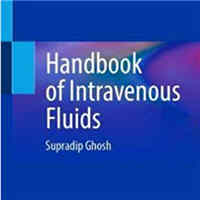Tag: treatment
Impact on Mental, Physical and Cognitive functioning of a Critical care sTay during the COVID-19 pandemic
The ongoing pandemic could affect the duration, variety and severity of the mental, physical, and cognitive impairments intensive care unit (ICU) survivors and their families frequently present. We aim to determine the impact... read more
Prehospital FAST Reduces Admission Time and Treatment
The focused assessment with sonography in trauma (FAST) exam is an established trauma care diagnostic procedure. Ultrasound performed during prehospital care can improve early treatment and management of the patients. According... read more
Carbapenem Antibiotics for the Empiric Treatment of Nosocomial Pneumonia
Carbapenem-based empiric regimens were associated with lower mortality rates compared with non-carbapenems, largely driven by trials of ventilator-associated pneumonia (VAP). The mortality effect was not observed in trials... read more
COVID-19 Handbook: Navigating the Future of Healthcare
The COVID-19 Handbook: Navigating the Future of Healthcare provides factual, evidence-based information on the coronavirus disease 2019 (COVID-19) pandemic. Presented in a concise PDF format, this valuable COVID-19 resource... read more
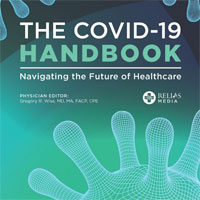
ECMO for COVID-19
Mortality after ECMO for patients with COVID-19 worsened during 2020. These findings inform the role of extracorporeal membrane oxygenation (ECMO) in COVID-19 for patients, clinicians, and policy makers. In 2020, 4,812... read more
Dexamethasone 12 mg vs. 6 mg for COVID-19 Patients with Severe Hypoxia
Among patients with COVID-19 and severe hypoxia, dexamethasone 12 mg did not result in statistically significantly more days alive without life support at 28 days than dexamethasone 6 mg. However, the confidence interval... read more
Continuous Positive Airway Pressure and Pronation Outside the ICUs in COVID-19 ARDS
Continuous positive airway pressure with patient mobilization (including pronation) was effective and safe in patients with ARDS due to COVID-19 managed outside the intensive care unit setting during the pandemic. Of 90... read more
Precision Medicine and Heterogeneity of Treatment Effect in Therapies for ARDS
Acute respiratory distress syndrome (ARDS) is a clinically heterogenous syndrome, rather than a distinct disease. This heterogeneity at least partially explains the difficulty in studying treatments for these patients... read more
Balanced Solution vs. 0.9% Saline Solution Fluid Treatment in Critically Ill Patients
Among critically ill patients requiring fluid challenges, use of a balanced solution compared with 0.9% saline solution did not significantly reduce 90-day mortality. The findings do not support the use of this balanced... read more
Convalescent Plasma for COVID-19 in Hospitalised Patients
Convalescent plasma (CP) and standard of care (SOC) did not result in a higher proportion of clinical improvement on at day 28 in hospitalised patients with COVID-19 compared to SOC alone. This is an investigator-initiated,... read more
When COVID-19 Complicates Other Diagnoses
The medical community is rapidly trying to identify complications and patterns of disease to improve patient outcomes as the COVID-19 pandemic continues. Numerous studies have shown varying degrees of liver damage in... read more
Targeting Cellular Signalling Pathways in Lung Diseases
The book comprehensively reviews and provides detailed insight into the cellular and molecular signalling mechanisms involved in pathophysiology of various respiratory diseases, towards developing effective therapeutic strategies... read more
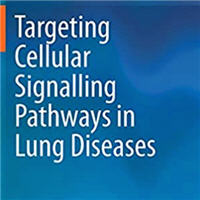
COVID-19 Variant Classifications and Definitions
Genetic variants of SARS-CoV-2 have been emerging and circulating around the world throughout the COVID-19 pandemic. Viral mutations and variants in the United States are routinely monitored through sequence-based surveillance,... read more
Inhaled Budesonide Improves Time to COVID-19 Recovery
Inhaled budesonide improves time to recovery, with a chance of also reducing hospital admissions or deaths (although our results did not meet the superiority threshold), in people with COVID-19 in the community who are at... read more
Impact of ABCDE Bundle Implementation in the ICU on Specific Patient Costs
Full ABCDE bundle implementation resulted in a decrease in total hospital laboratory costs and total hospital laboratory and diagnostic resource utilization while leading to an increase in physical therapy costs. The full... read more
Fungal Infections Complicating COVID-19
Coronavirus disease 2019 (COVID-19), caused by the severe acute respiratory syndrome coronavirus 2 (SARS-CoV-2), spread globally to pandemic proportions. Although the majority of cases have asymptomatic or mild infections,... read more
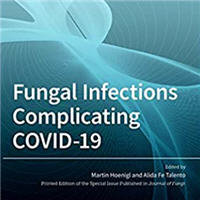
COVID-19 Variants in Patients with Immunosuppression
Patients with immunosuppression are at risk for prolonged infection with severe acute respiratory syndrome coronavirus 2 (SARS-CoV-2). In several case reports, investigators have indicated that multimutational SARS-CoV-2... read more
Milrinone vs. Dobutamine in the Treatment of Cardiogenic Shock
In patients with cardiogenic shock, no significant difference between Milrinone and Dobutamine was found with respect to the primary composite outcome or important secondary outcomes. A total of 192 participants (96 in... read more
The Harriet Lane Handbook: Mobile Medicine Series
Written "by residents, for residents" and reviewed by expert faculty at The Johns Hopkins Hospital, Lauren Kahl, MD and Helen K. Hughes, MD, MPH, The Harriet Lane Handbook, 21st Edition, remains your #1 source of pediatric... read more
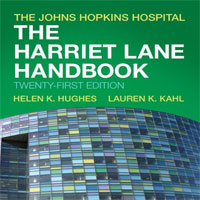
Variations in End-of-Life Practices in ICUs Worldwide
Limitation of life-sustaining therapies is common worldwide with regional variability. Withholding treatment is more common than withdrawing treatment. Variations in type, frequency, and timing of end-of-life decisions were... read more
Red Book: Report of the Committee on Infectious Diseases
Extending an 8-decade tradition of excellence, Red Book® provides the most reliable and clinically useful information on the manifestations, etiology, epidemiology, diagnosis and treatment of more than 200 childhood infectious... read more
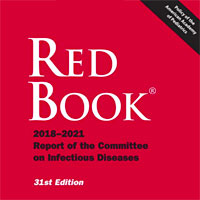
Eosinophilic Esophagitis
Once considered a rare condition, eosinophilic esophagitis is now one of the most common conditions diagnosed during the assessment of feeding problems in children and during the evaluation of dysphagia and food impaction... read more


